International Women's Day: Nicky Quamina-Woo on her photo project on coastal erosion
Marilyn Stafford FotoReportage Award 2020 highlights the documentary work of this exciting, emerging photographer
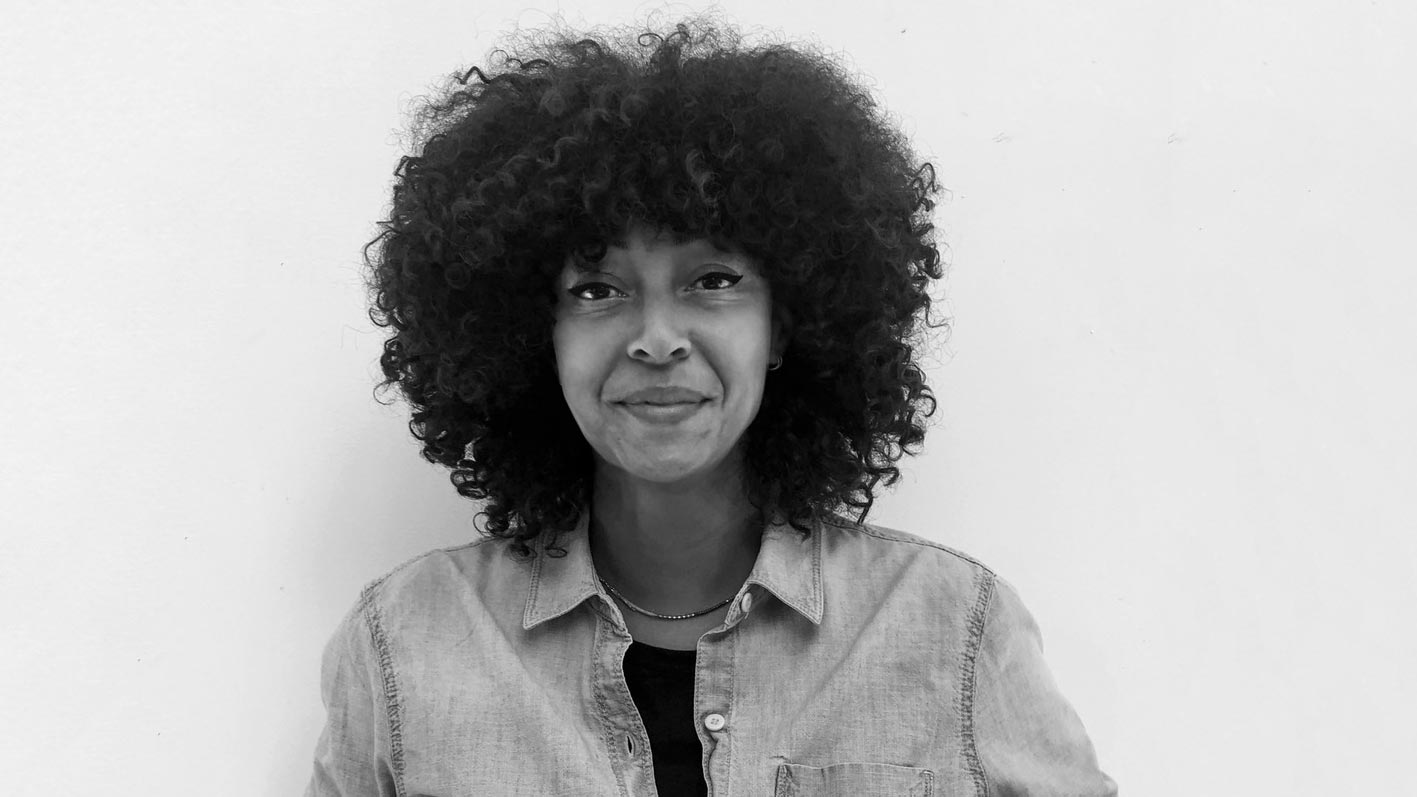
Nicky is a black and Polynesian visual researcher who divides her time between south-east Asia, the African continent and New York. The tenacity of the human spirit fascinates Nicky and influences her approach to making images. Although Nicky initially studied photography psychology at university, she came to realize that her true interests lay in celebrating the nuances of the human story rather than in just parsing them. After initially working as a photo producer and photo assistant, Nicky became a documentary photographer three-and-a-half years ago. Nicky won the Marilyn Stafford FotoReportage Award 2020, for her project As The Water Comes. Prior to that, Nicky was a recipient of the inaugural Reuters Storytelling grant for her work on a Tanzania- based project about the intersection of western medicine and witchcraft.
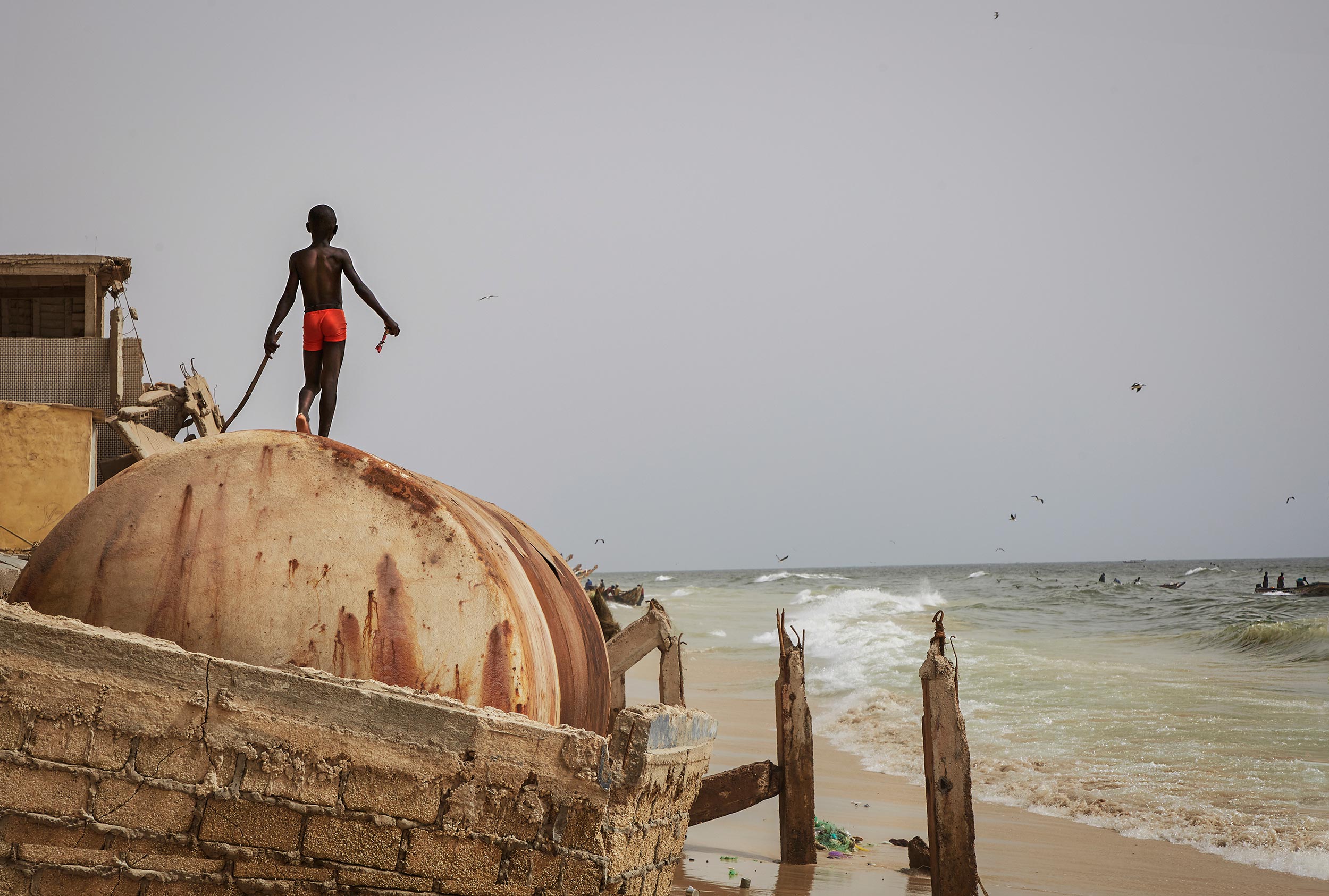
Nicky Quamina-Woo’s As The Water Comes was photographed in northern Senegal. It shines a light on the ineffective response of the Senegalese government to the plight of people suffering from the effects of rising sea levels. Some 25 per cent of the Senegalese coast is at high risk of coastal erosion, and this figure is estimated to increase to 75 per cent by 2080 if sea levels continue to rise.
The mindset of policymakers and the public over the threats posed by coastal erosion and climate change needs to be transformed
Mis-steps by the authorities have had major implications for local communities. The village of Doun Baba Dieye had to be abandoned after a channel was dug through a small peninsula that afforded its residents some protection against the surge of the ocean; families had to move inland to tented camps, away from their livelihoods near the sea.
As 63 per cent of Senegal’s population is aware of the negative effects of environmental change, there is public support for government intervention. But promoting appropriate intervention is critical: the mindset of policymakers and the public over the threats posed by coastal erosion and climate change needs to be transformed.
That’s what Nicky hoped to achieve with this project, and the judges of the Marilyn Stafford Award clearly agreed. “These issues are urgent,” says Nicky. “And the clock is ticking.”
Nicky Quamina-Woo interview
01. Congratulations on your win of The Marilyn Stafford Foto Reportage Award.
Thank you so much. I’m very honored to win such a prestigious award.
Get the Digital Camera World Newsletter
The best camera deals, reviews, product advice, and unmissable photography news, direct to your inbox!
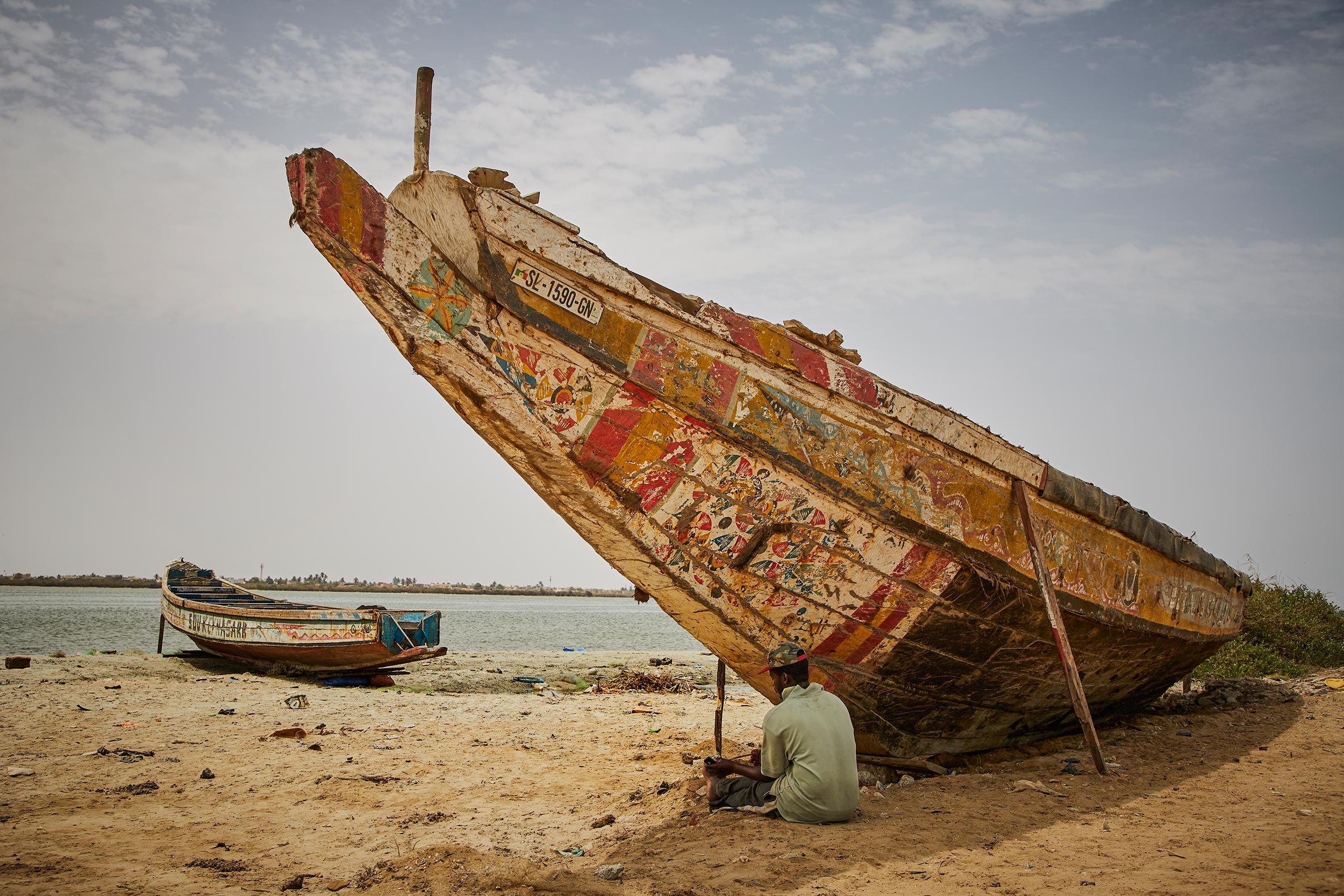
02. What else are you intending to photograph, and have you already completed some of it?
At the moment, I’m very keen on re-photographing a few of the areas, since due to ongoing erosion even more of the coastline has disappeared, and this means more homes have been decimated in the ocean’s wake. I also hope to spend more time in the tented camps that have been erected by the Senegalese government, to add more of the human element to the story.
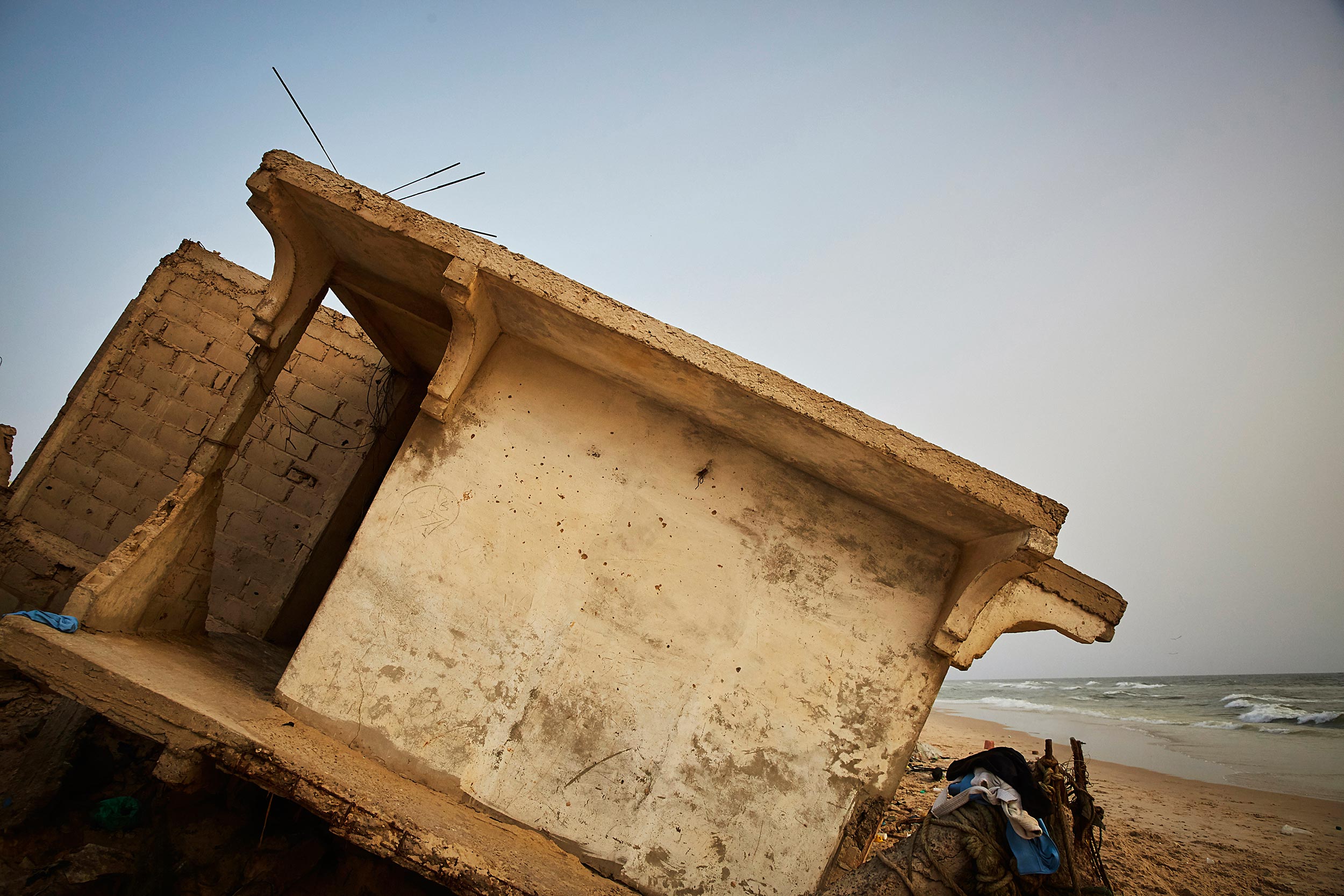
03. How did you conceive As The Water Comes – what was your connection with that particular area or region?
Although I’d been living in East Africa at the time, I’d always had a fondness for the vibrancy of the western part of the continent. Senegal is one of those mythical countries that you always hear so much about, with its stunning, beautiful people and fashion sense – similar to Mali, with its music. I was initially meant to work on a project in Mauritania, but as it was Ramadan, I thought I’d ease into the region and spend some time in the more liberal Senegal before making my way into conservative Mauritania.
I’m very keen on re-photographing a few of the areas, since even more of the coastline has disappeared
I’m absolutely in love with smaller fishing communities near the sea, so I left the bustling city of Dakar after a week or two and headed north to Saint Louis, which also used to be a colonial French settlement and the original capital of the country. As I wandered around near the ocean, I came upon these destroyed homes lining the coastline.
Shocked, I started asking questions about what had happened. I quickly began researching the topic and set about asking people about the effect on their lives, and began a project on it while I was there.
04. Your photographs give us an eyewitness view of Senegal, but how would you describe the country for our readers?
Senegal is a lovely place. People talk about how visually stunning it is, as well as the glamor of the people – tall with beautiful skin that, to me, looks like the warmth of the sun is pouring forth from it. After being there for a while, I was also struck by their tenacity, sense of community, brilliance and will to joy at every turn.
05. You’ve said that this tenacity of the human spirit inspires your work. Which examples of this really stood out for you while photographing the project?
There is a picture of a boy in orange shorts, standing on the ruins of a wall that was built to help keep the sea at bay, which has totally failed. He stands on top of it as if he is the king of the world, the way any kid would anywhere in the world – except that this child will probably lose the only home he’s ever known within the next 10 years as the ocean continues its assault. But he finds joy and strength in the moment.
Another woman I met, who had already lost her home, and was living in a single tent provided by the government along with four other families, was busy making fabric flowers to put outside the tent, because her eight-year-old kept getting turned around among the rows of blue plastic ‘housing’. This way, she surmised, if the flowers were out front, her son would be able to distinguish theirs from the rest.
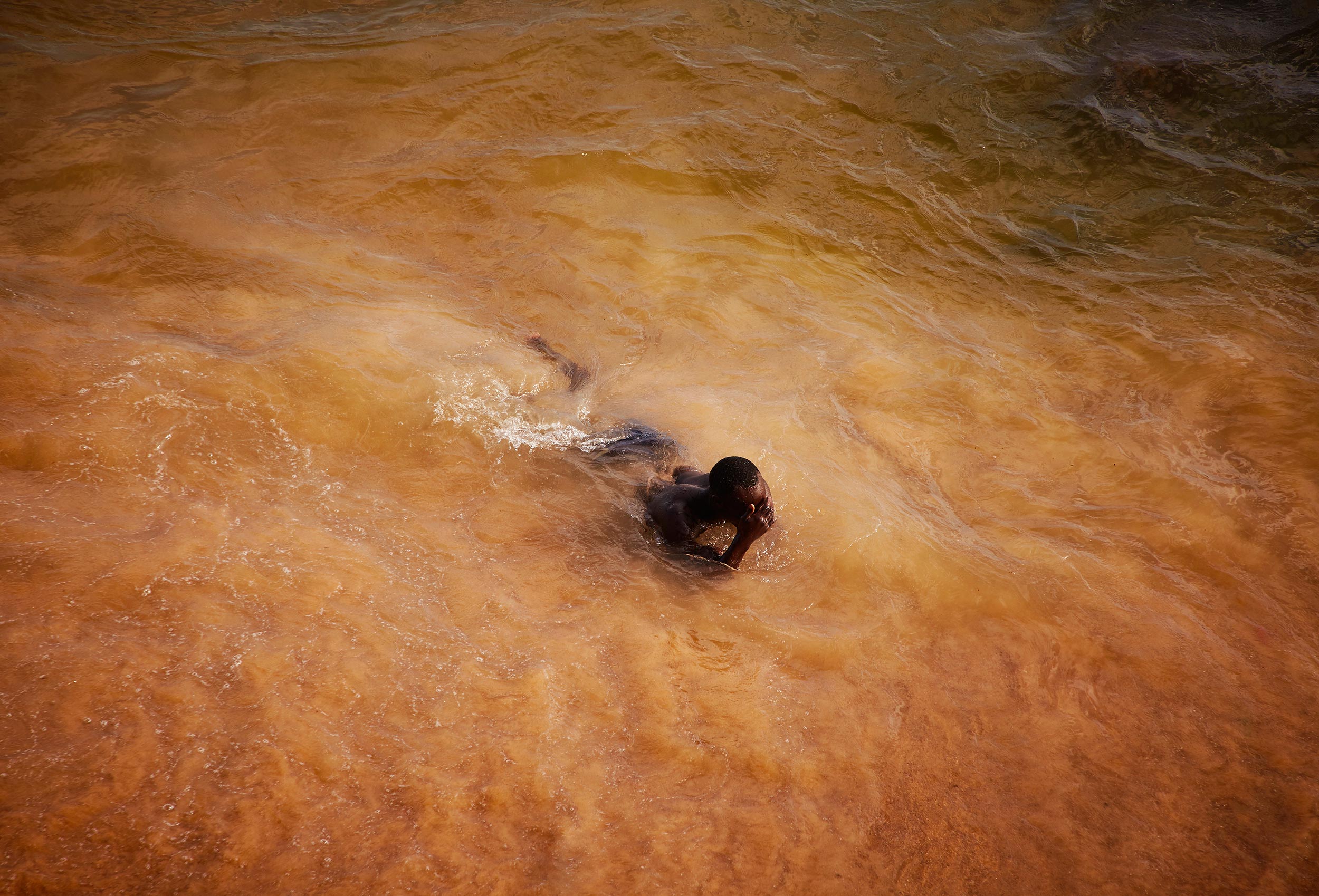
06. To produce this work, you had to spend long periods of time working on your own to discover what to photograph. Did you have any moments when you felt that things weren’t working?
Ha – all the time as a documentary photographer! With this project, I wanted to show the larger impact on people’s lives versus just the physical devastation of their homes. As I looked at the images each night, I’d start to see the gaps in the larger story that needed to be filled, so that viewers could also emotionally connect with the people from the area – though I ended up not having the time necessary to really share that aspect of the story.
I wanted to show the larger impact on people’s lives versus just the physical devastation of their homes
It was actually upsetting for me, but I had to make a choice: to share the larger story and hopefully get a larger audience to care, so that I could go back to add the more human elements and nuance at a later date.
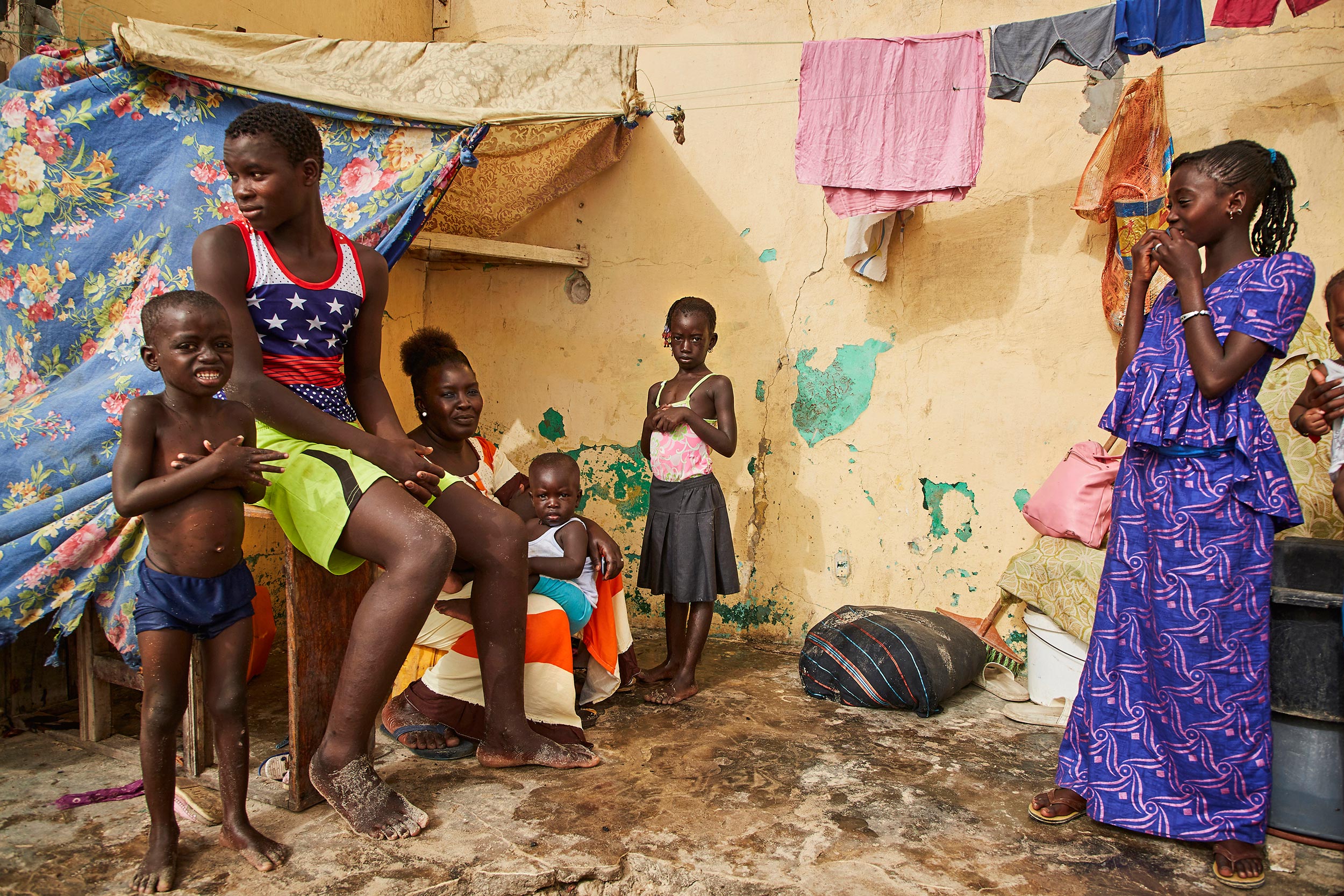
07. The image of Fatou Ngueye and her family captures a strong sense of stoicism, another example of the tenacity of the human spirit that inspires you. Are there practical solutions can that quickly improve their situation?
Not really. They have already tried building sea walls to help keep the full force of the ocean back – but each time, within a short period, the concrete structures break apart after millions of dollars are spent.
Most people living on the seafront will have to move further inland in the next few years as their homes become uninhabitable. At the moment there is the tented Khar Yalla camp that the government set up, but that’s tricky, as most of these families are comprised of fishermen.
They make their living needing to physically see the ocean each day, to know when it’s choppy or gusting. The tented site is an hour’s ride away from the water, which makes it difficult for them.
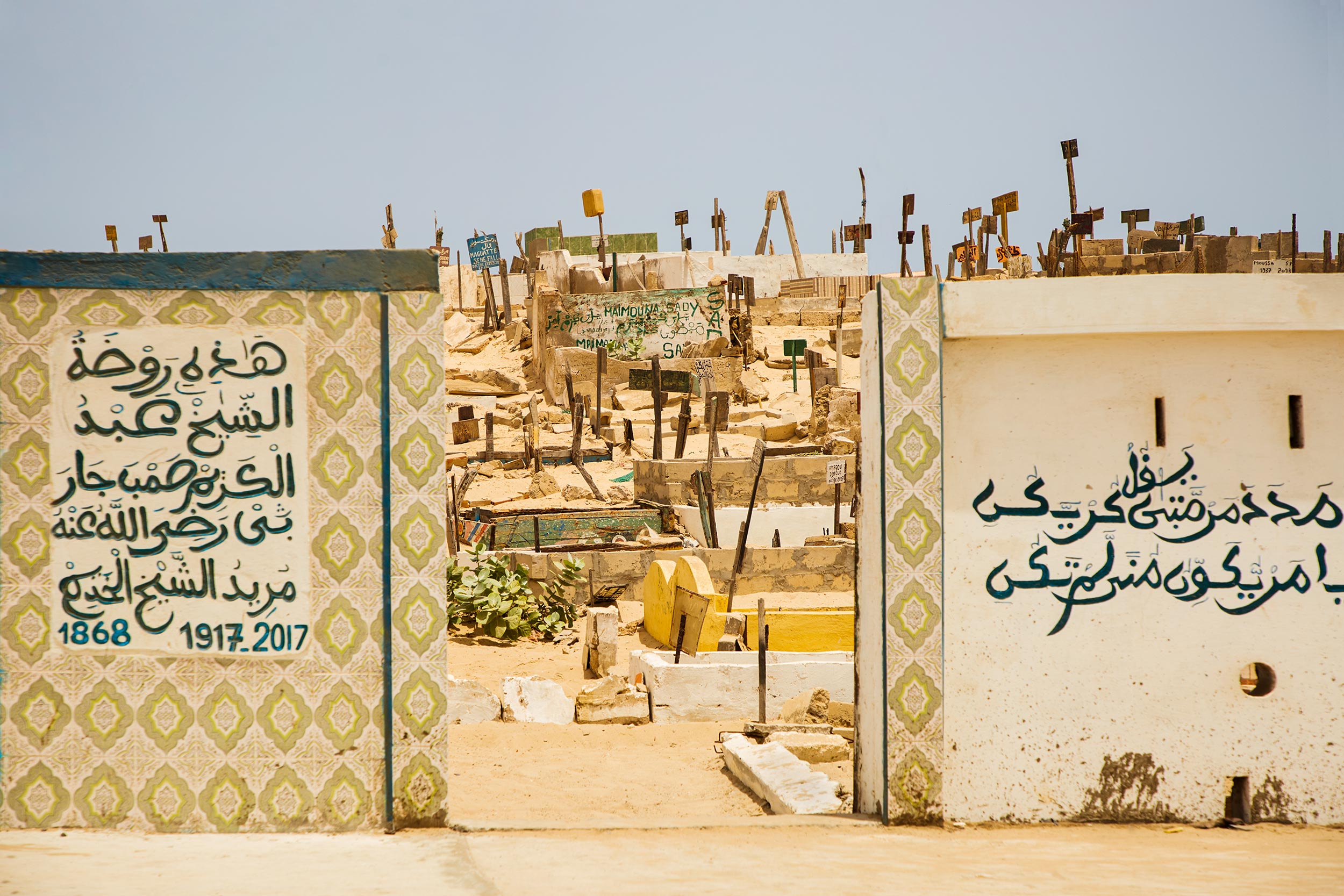
08. The award stipulates that the submitted works must showcase positive solutions. What are they in the case of As The Water Comes?
For the past several years, with financial help from the government and international organizations, the community has planted thousands of mangroves and pine trees called filaos, to halt erosion and reclaim land then used to farm and sell cassava, cabbages, melons, sweet potatoes and other produce. So I will start there.
09. Were the people you approached to photograph hoping that your images would shine a light on their plight?
Absolutely. As I explained the story and what I was doing, families began to open up and invite me into their homes. They all understood that the more media attention they get, the more help could come their way.
10. And what is it do you think that’s fundamentally failing them? Is it centralized authorities not wanting to trust in local solutions?
The government announced the digging of a four-meter hole in the Langue de Barbarie (‘Tongue of Barbary’), a long stretch of sand that creates a natural barrier between the Atlantic Ocean and the Senegal River. The natural protection had already weakened due to sea level rises.
Area scientists were outraged by the amateur nature of the government’s decision, which was taken without doing any impact assessments
The dug area was intended to open an unloading channel to facilitate the discharge of the river into the ocean, as a way to contain and counter possible flooding. But the gap has widened, separating the southern end of the peninsula from the land and effectively making it an island. Area scientists were outraged by the amateur nature of the government’s decision, which was taken without doing any impact assessments.
The four-metre (13ft) breach was cut in the peninsula in 2003, but it quickly widened to 800m (2,600ft). As of December 2013, the sea had claimed over 3km (1.9mi) of land, causing the loss of villages. By January 2021, the breach had widened to 6km.
11. What is the story behind the photograph you took of the cemetery?
That image is from the oldest cemetery in Saint Louis. The flooding has begun to reach the cemetery. No-one knows what the local population will do as more of their ancestors’ bones begin to be raised.
12. What will you work on after completing As The Water Comes?
I’m hoping to head south into The Gambia and work on a story about how farming there has been affected by drought.
Read more
Best lenses for travel photography in 2021: perfect all-in-one superzooms
15 best new photography books
Best photo-editing laptops: top laptops for photographers
Best free photo editor: free software that still does a great job

Niall is the editor of Digital Camera Magazine, and has been shooting on interchangeable lens cameras for over 20 years, and on various point-and-shoot models for years before that.
Working alongside professional photographers for many years as a jobbing journalist gave Niall the curiosity to also start working on the other side of the lens. These days his favored shooting subjects include wildlife, travel and street photography, and he also enjoys dabbling with studio still life.
On the site you will see him writing photographer profiles, asking questions for Q&As and interviews, reporting on the latest and most noteworthy photography competitions, and sharing his knowledge on website building.
